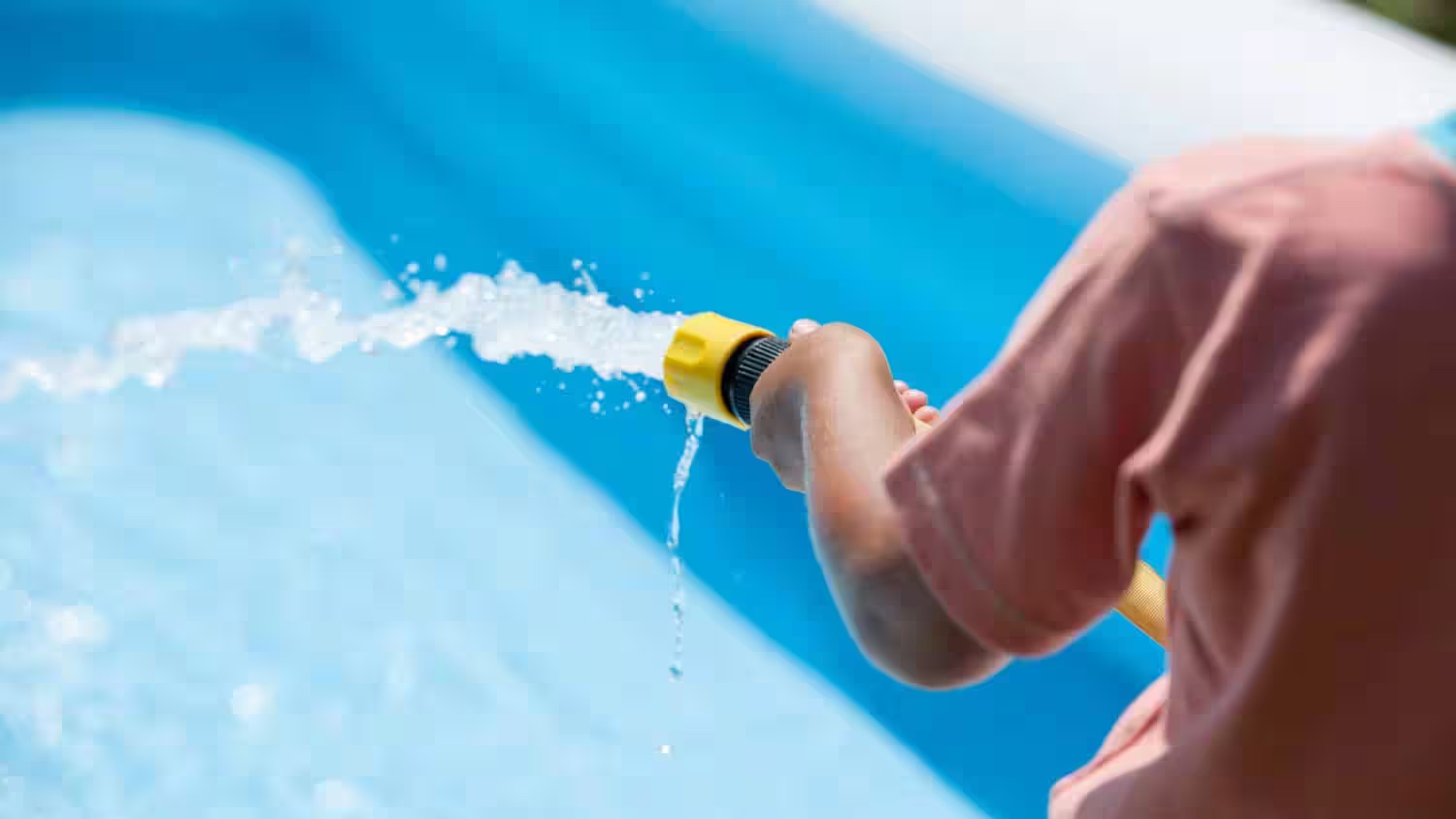

Articles
How Long To Fill Up Pool With Garden Hose
Modified: October 20, 2024
Learn how long it takes to fill up your pool using a garden hose with these helpful gardening tips and tricks.
(Many of the links in this article redirect to a specific reviewed product. Your purchase of these products through affiliate links helps to generate commission for Storables.com, at no extra cost. Learn more)
Introduction
Gardening is a rewarding hobby that allows us to connect with nature and enjoy the beauty of plants and flowers. Whether you have a small balcony garden or a sprawling backyard, tending to your green space can be a fulfilling and therapeutic activity.
One essential aspect of gardening is ensuring that your plants receive the right amount of water. While rainfall can provide some moisture, there may be times when you need to manually water your garden. This is where a garden hose comes in handy.
But have you ever wondered how long it would take to fill up a pool using a garden hose? The answer depends on several factors, such as the pool size, water pressure, hose diameter, and length of the hose. In this article, we will delve into the specifics of each factor and provide you with the knowledge you need to calculate the filling time of your pool.
Key Takeaways:
- Estimate pool filling time by considering factors like pool size, water pressure, hose diameter, and length. Optimize water pressure and hose specifications to expedite the process and enjoy your pool sooner.
- Utilize larger diameter hoses, minimize length, and optimize water pressure to speed up pool filling. Monitor the process, avoid kinks, and plan filling during off-peak hours for efficient results.
Read more: How To Fill Up A Swimming Pool
Factors Affecting Filling Time
When it comes to filling up a pool with a garden hose, several factors come into play that can affect the overall filling time. It is important to understand these factors to accurately estimate how long it will take to fill your pool.
1. Pool Size: The size of your pool is a crucial factor in determining the filling time. Obviously, a larger pool will take longer to fill than a smaller one. The volume of water needed to fill the pool increases exponentially with its size.
2. Water Pressure: The water pressure at your location has a direct impact on the filling time. Higher water pressure will result in a faster flow of water through the garden hose, reducing the time it takes to fill the pool. Conversely, lower water pressure will slow down the filling process.
3. Hose Diameter: The diameter of the garden hose also plays a role in the filling time. A wider diameter hose allows for a greater flow rate and faster filling. On the other hand, a narrower hose diameter will restrict the water flow, increasing the filling time.
4. Length of Hose: The length of the garden hose is another factor to consider. The longer the hose, the more time it will take for the water to travel from the water source to the pool. It is important to choose an appropriate length of hose that can reach your pool efficiently.
By taking these factors into account, you can get a rough estimate of how long it will take to fill your pool with a garden hose. However, it is worth noting that these calculations provide a general idea and may vary depending on other variables specific to your setup.
Pool Size
The size of your pool is a crucial factor when it comes to estimating the filling time with a garden hose. The volume of water needed to fill a pool increases as the size of the pool increases. Therefore, it is important to have an accurate measurement of your pool’s dimensions to determine the amount of water required.
Pool size is typically measured in gallons or liters. The shape of your pool can vary – it could be rectangular, oval, round, or even custom-shaped. To calculate the volume of a rectangular or square pool, you need to multiply the length, width, and depth of the pool. For example, if your pool is 10 feet long, 5 feet wide, and 4 feet deep, the formula would be:
Volume = Length x Width x Depth
Volume = 10ft x 5ft x 4ft = 200 cubic feet
To convert this volume to gallons, you would multiply it by 7.48, as there are approximately 7.48 gallons in a cubic foot. Therefore,
Volume = 200 cubic feet x 7.48 gallons = 1496 gallons
For non-rectangular pools, such as oval or round pools, the calculation is a bit different. You can find online calculators or use specific formulas for each pool shape to determine the volume.
Once you have determined the volume of your pool, you can use this information to estimate the filling time. However, keep in mind that this calculation doesn’t take into account factors such as water pressure, hose diameter, and length, which can all influence the actual filling time. Nevertheless, knowing the size of your pool is a crucial step in the estimation process.
Water Pressure
Water pressure is a key factor that can significantly impact the filling time of your pool with a garden hose. The water pressure at your location determines the force at which water flows through the hose, affecting the speed at which your pool fills up.
Water pressure is typically measured in pounds per square inch (psi). Higher water pressure results in a stronger flow of water, leading to a faster filling time. Conversely, lower water pressure will slow down the filling process.
To determine the water pressure at your location, you can use a pressure gauge, which can be attached to a faucet or a hose bib. Simply connect the gauge to the water source, turn on the water, and the gauge will display the pressure reading.
If you find that the water pressure is low, there are a few things you can do to improve it. Firstly, check if there are any obstructions or blockages in the water line, such as debris or mineral deposits. Clearing these blockages can help restore the water pressure to its optimal level.
Another option is to install a pressure booster pump. These pumps are designed to increase water pressure and can be installed near the water source or along the length of the hose. However, it is important to note that the installation of a booster pump may require professional assistance.
In some cases, the water pressure may be controlled by the municipal supply or well system. If you are experiencing consistently low water pressure, it may be worth contacting your local water utility provider or a plumber to investigate and resolve the issue.
By understanding and optimizing the water pressure, you can ensure a faster and more efficient filling process for your pool with the garden hose. Remember to regularly check the water pressure to ensure it remains at an optimal level for optimal filling speed.
Hose Diameter
The diameter of the garden hose is another factor that can affect the filling time of your pool. The diameter refers to the width of the hose and plays a significant role in determining the flow rate of water.
Garden hoses typically come in three standard sizes: 1/2 inch, 5/8 inch, and 3/4 inch. The larger the diameter, the greater the flow rate, and the faster the pool will fill.
When choosing a hose diameter, consider the length of the hose and the water pressure at your location. If you have a longer hose or lower water pressure, opting for a larger diameter hose can help compensate for these factors and ensure a faster filling time.
It is worth noting that while a larger diameter hose offers a higher flow rate, it can also be heavier and more challenging to handle. Therefore, consider the practicality of the hose size before making a decision.
Sometimes, you may find that a smaller diameter hose is more suitable for your needs, especially if you have a smaller pool or shorter distance to cover. In such cases, ensure that the water pressure is adequate to maintain a sufficient flow rate.
Remember that the hose diameter alone may not significantly impact the filling time if the water pressure and pool size are not taken into account. It is the combination of these factors that determines the overall efficiency of the filling process.
Ultimately, choosing the right hose diameter is a balance between the desired flow rate and the practicality of handling the hose. By considering the pool size, water pressure, and length of the hose, you can make an informed decision to optimize the filling time of your pool.
Consider the flow rate of your garden hose, typically around 5-10 gallons per minute. Measure the volume of your pool in gallons, then divide by the flow rate to estimate the time needed to fill it.
Length of Hose
The length of the garden hose is another important factor to consider when estimating the filling time of your pool. The length of the hose directly affects the distance that the water needs to travel from the water source to the pool.
As the length of the hose increases, the filling time will naturally take longer. This is because the water has to travel a greater distance, resulting in a slower flow rate compared to a shorter hose.
It is important to choose a hose length that can reach your pool efficiently without being excessively long. Opting for a hose that is too short may not reach your pool, while a hose that is too long can result in loss of water pressure and a longer filling time.
Consider the layout of your garden and the distance between your water source and the pool. Take accurate measurements to determine the appropriate length of hose required.
If you find that the distance is too far or that the hose length available is inadequate, there are a few potential solutions:
1. Hose Extension: You can connect two or more hoses together using hose couplings or connectors to reach the desired length. Ensure that the couplings are secure to prevent water leakage.
2. Relocating the Water Source: If the distance between the water source and the pool is substantial, consider relocating the water source closer to the pool. This may involve installing a new faucet or utilizing a different water outlet.
3. Hose Reel: Using a hose reel can help to manage the length of the hose and prevent it from tangling or getting damaged. A hose reel allows for easy storage and extension as needed.
By considering the length of the hose and taking appropriate measures to ensure it is sufficient for reaching your pool, you can streamline the filling process and minimize any unnecessary delays.
Filling Time Calculation
Estimating the filling time of your pool with a garden hose requires taking into account several factors, such as pool size, water pressure, hose diameter, and length of the hose. By considering these factors, you can make a rough calculation to determine how long it will take to fill your pool.
To calculate the filling time, you can follow these general steps:
- Measure the size of your pool and determine its volume in gallons or liters. This can be done by multiplying the length, width, and depth of the pool, as explained in the previous sections.
- Measure the water pressure at your location using a pressure gauge. Note down the value in pounds per square inch (psi).
- Determine the diameter of your garden hose, which can be 1/2 inch, 5/8 inch, or 3/4 inch.
- Measure the length of the hose in feet or meters.
- With these values, you can calculate the flow rate of the hose by considering the hose diameter and water pressure. Higher water pressure and larger hose diameter result in a higher flow rate.
- Divide the pool volume by the flow rate to determine the filling time. This will give you an estimate in hours or minutes.
It is important to note that this calculation provides a rough estimate and may vary depending on other factors like hose quality, any obstructions or kinks in the hose, minor fluctuations in water pressure, or the efficiency of the water source.
Additionally, it is advisable to monitor the filling process periodically to ensure that the pool does not overflow and to make any necessary adjustments as needed.
By understanding the factors and making this calculation, you can have a better idea of how long it will take to fill your pool with a garden hose, allowing you to plan accordingly and make the most efficient use of your time.
Tips to Speed up the Filling Process
While the filling time of your pool with a garden hose depends on several factors, there are a few tips and techniques you can utilize to help speed up the process. These suggestions can help optimize the efficiency of the filling process and reduce any unnecessary delays.
1. Optimize Water Pressure: Ensure that the water pressure at your location is at its maximum capacity. As discussed earlier, higher water pressure results in a faster flow rate, which can significantly reduce the filling time. Check for any blockages or restrictions in the water line and, if necessary, consult a professional plumber to address any issues.
2. Use a Larger Diameter Hose: Consider using a garden hose with a wider diameter. A larger diameter hose allows for a greater flow rate, leading to faster filling. However, keep in mind the practicality of handling a larger hose and ensure that the water pressure is sufficient to support a higher flow rate.
3. Minimize Hose Length: Choose the shortest hose length that can comfortably reach your pool. This reduces the distance the water needs to travel, resulting in a quicker filling time. Avoid using unnecessary hose extensions that can add unnecessary length and potentially decrease water pressure.
4. Avoid Kinks and Tangles: Ensure that the garden hose is free from kinks and tangles as they can restrict the flow of water. Straighten out the hose and remove any obstacles or twists that impede the water flow. A smooth and unobstructed hose allows water to flow freely, maximizing the filling speed.
5. Monitor the Filling Process: Regularly check the pool’s water level during the filling process. This allows you to gauge the progress and make any necessary adjustments. Take caution not to overfill the pool to prevent overflow, as this can lead to water waste and additional time spent on draining and refilling.
6. Plan Filling during Off-peak Hours: Consider filling your pool during off-peak hours when water demand is lower. This can potentially result in higher water pressure, as fewer households are utilizing the water supply. Consult local water regulations to ensure compliance with any restrictions or regulations regarding pool filling.
7. Start with Proper Water Level: Before starting the filling process, ensure that the pool’s water level is at the appropriate starting point. This avoids the need to add excessive water, reducing the overall filling time. Consult the pool manufacturer or professional guidelines for the recommended water level.
By implementing these tips, you can optimize the filling time of your pool with a garden hose. Remember to consider the specific factors affecting your pool, such as water pressure and hose specifications, to tailor these techniques to your unique situation.
Conclusion
Filling up a pool with a garden hose is a common task for many homeowners and gardeners. While the filling time can vary depending on several factors, including pool size, water pressure, hose diameter, and length of the hose, understanding these factors can help you estimate and optimize the filling process.
By accurately measuring the size of your pool and considering the water pressure at your location, you can make a rough calculation of the filling time. Additionally, choosing the right hose diameter and minimizing the hose length can further expedite the process.
It is important to note that these calculations and tips provide a general guideline and estimation. Other variables, such as hose quality, obstructions, or fluctuations in water pressure, can affect the actual filling time. Therefore, it is advisable to monitor the filling process regularly to make any necessary adjustments.
Remember to optimize water pressure, check for any kinks or tangles in the hose, and be mindful of the water level to prevent overflow. Planning the filling process during off-peak hours and using a larger diameter hose can also contribute to a faster filling time.
Gardening and maintaining a pool are enjoyable activities that allow us to embrace nature and enjoy outdoor spaces. By understanding the factors affecting the filling time and implementing the tips mentioned, you can spend less time waiting for your pool to fill and more time enjoying it.
So, grab your garden hose, follow these guidelines, and soon enough you’ll be diving into a refreshing pool oasis!
Frequently Asked Questions about How Long To Fill Up Pool With Garden Hose
Was this page helpful?
At Storables.com, we guarantee accurate and reliable information. Our content, validated by Expert Board Contributors, is crafted following stringent Editorial Policies. We're committed to providing you with well-researched, expert-backed insights for all your informational needs.
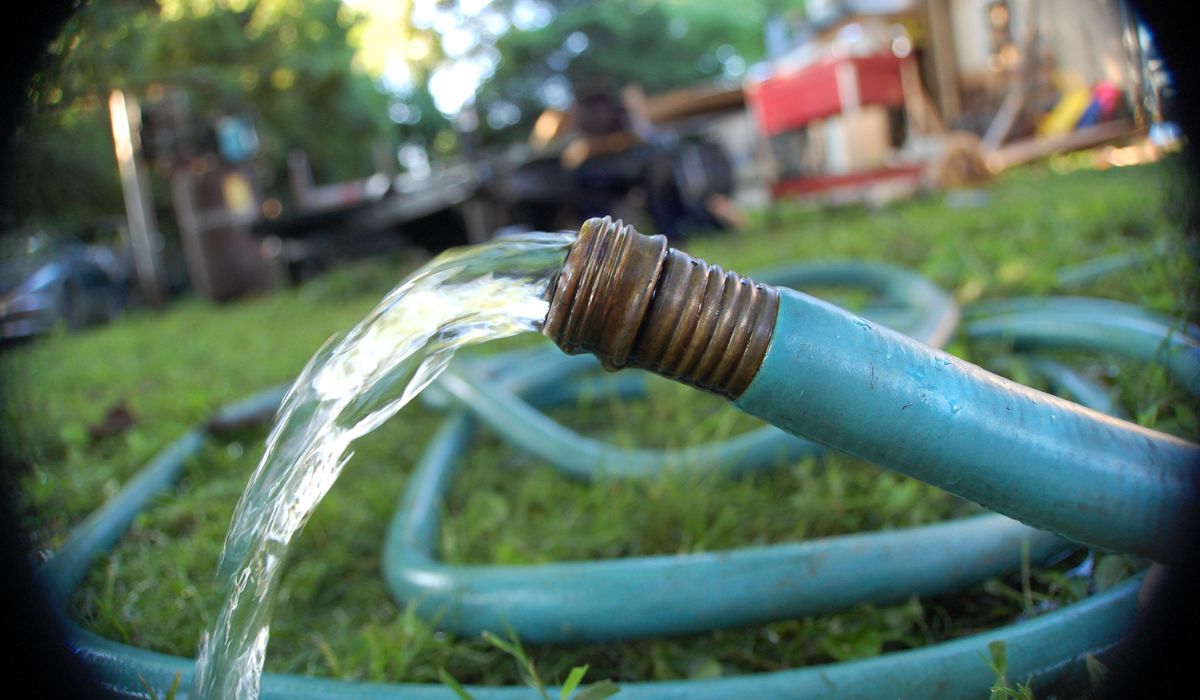
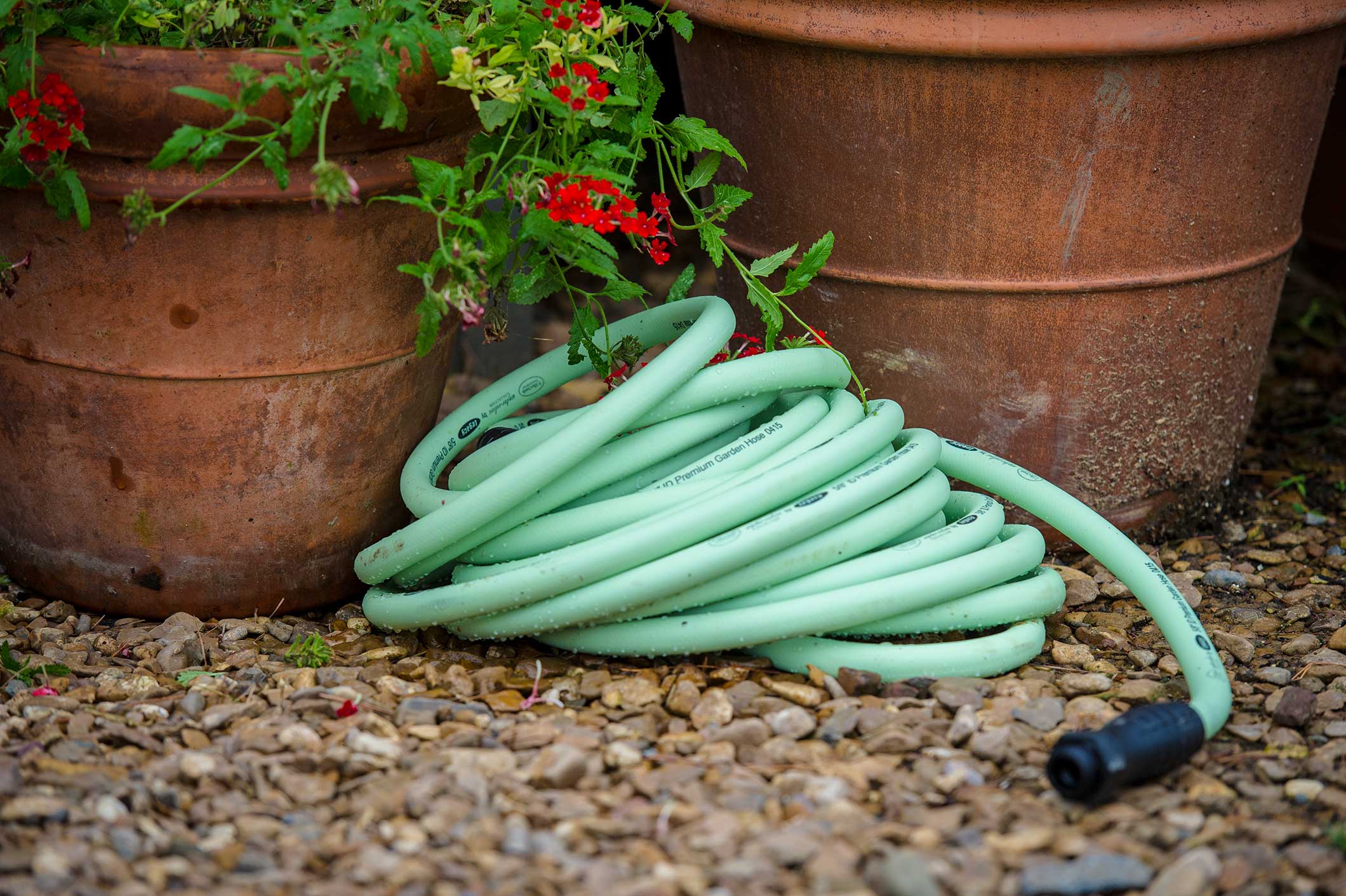
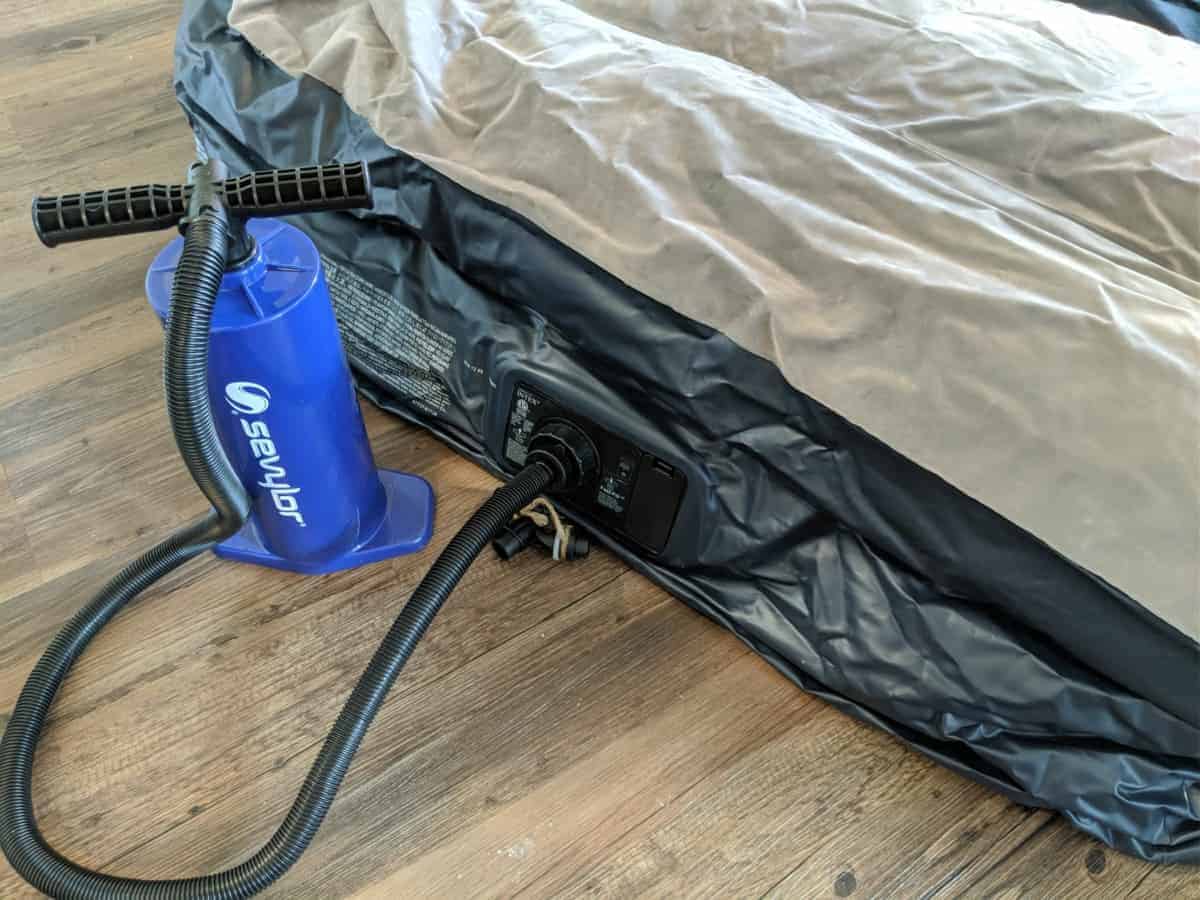
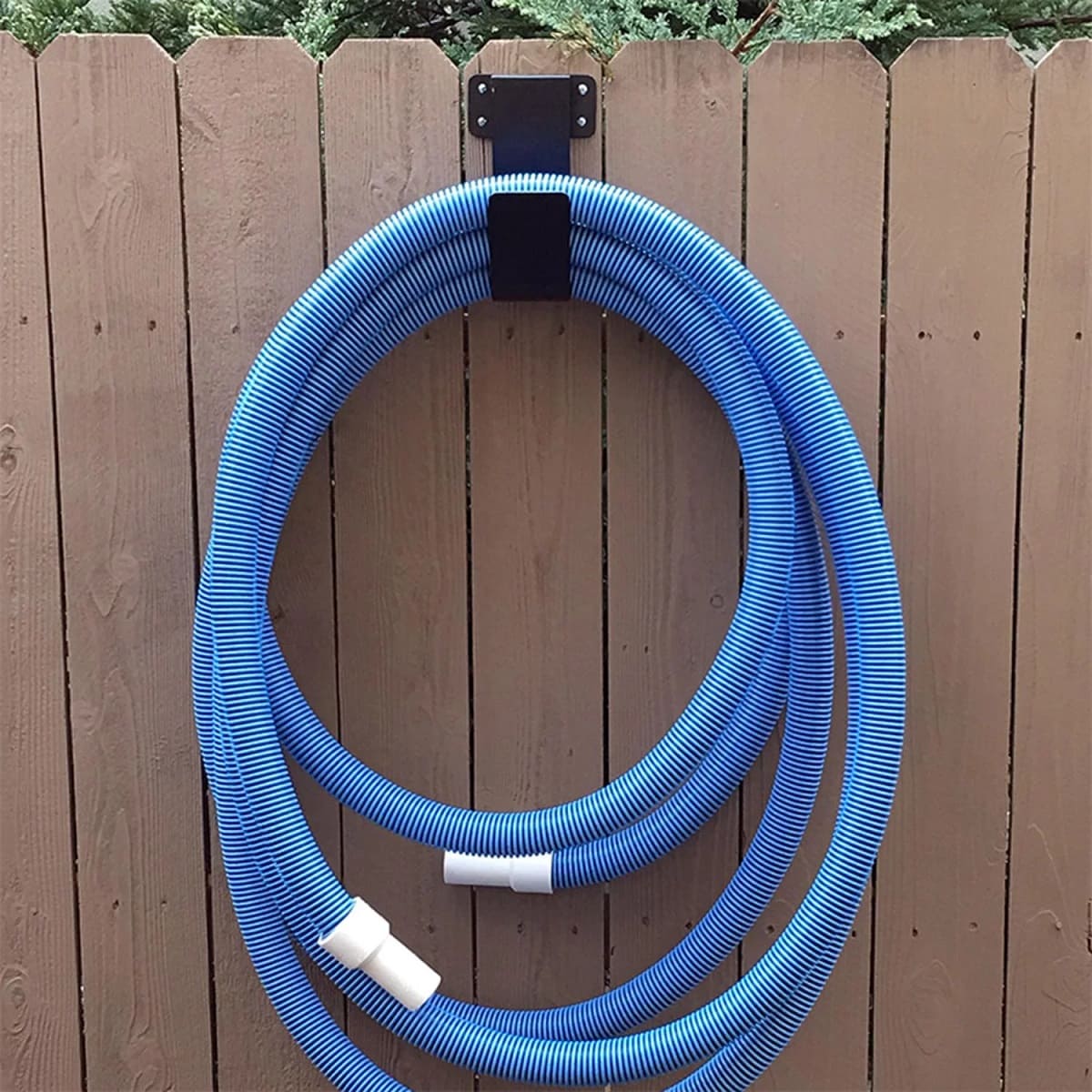
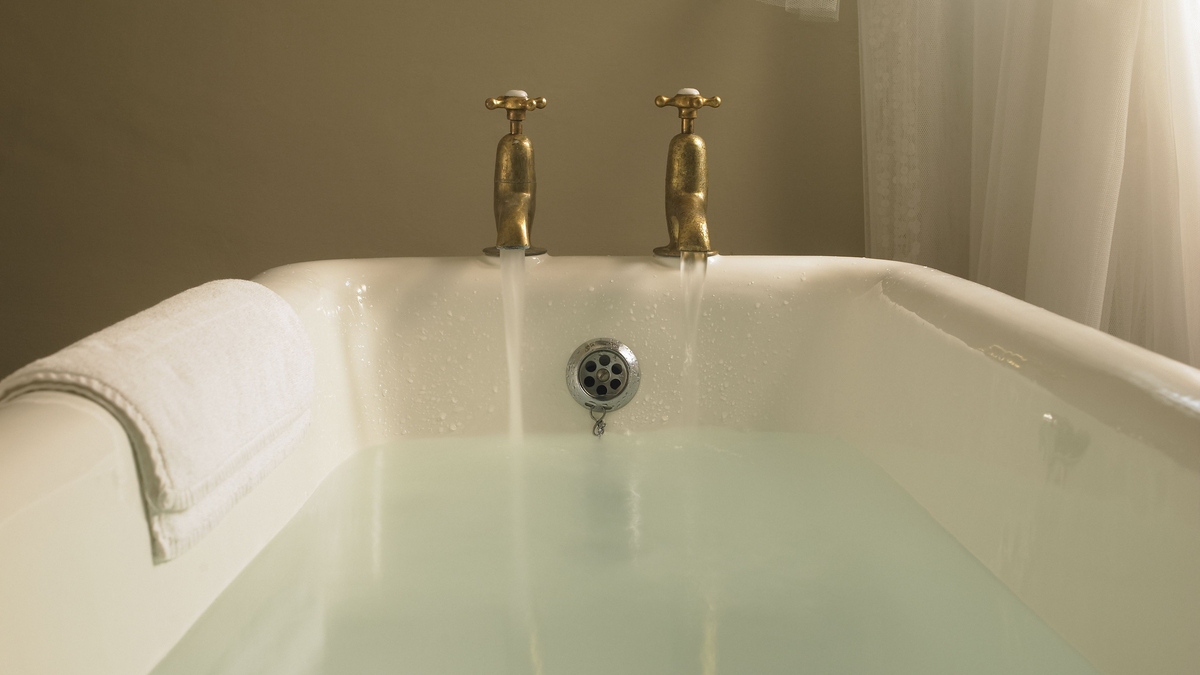
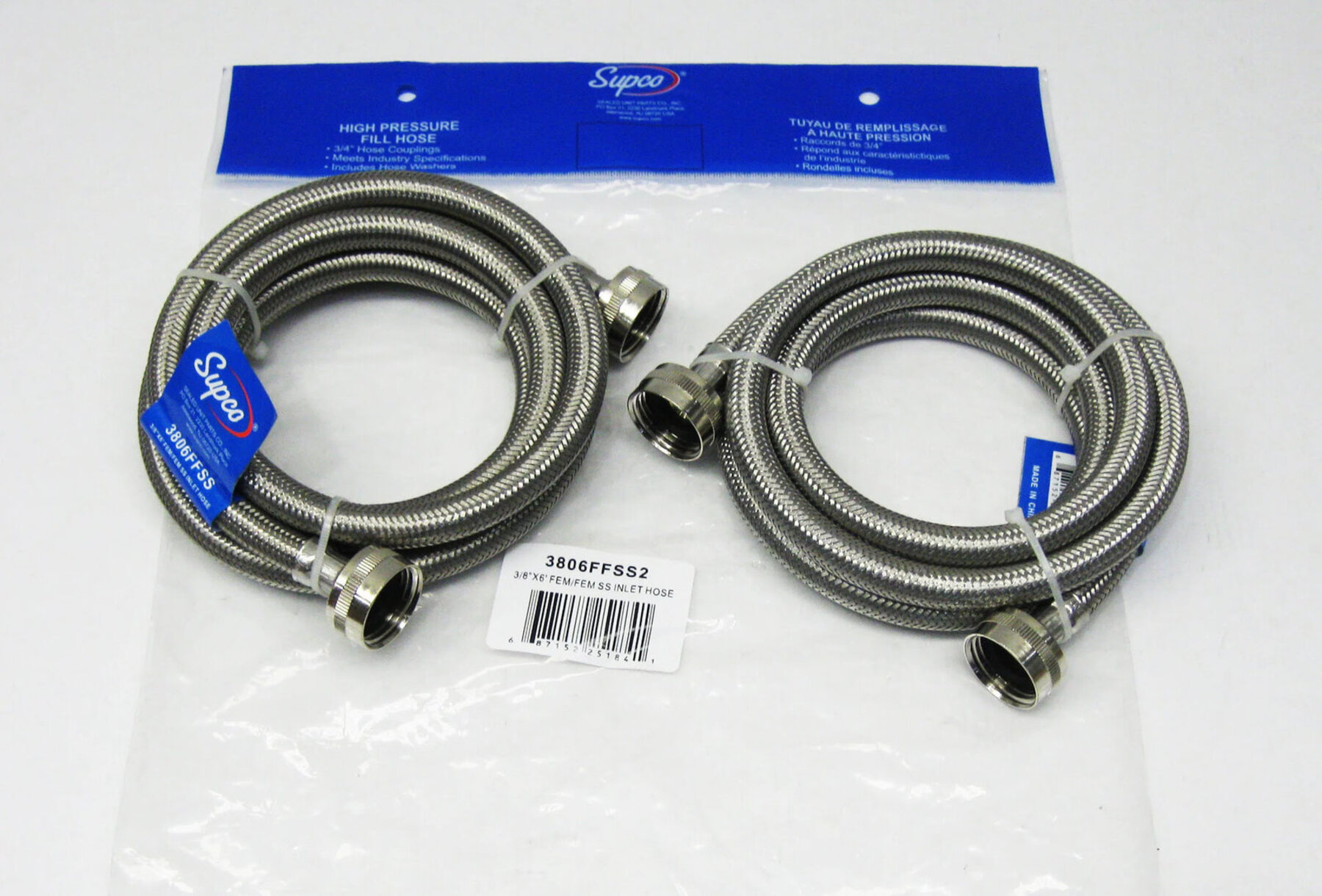
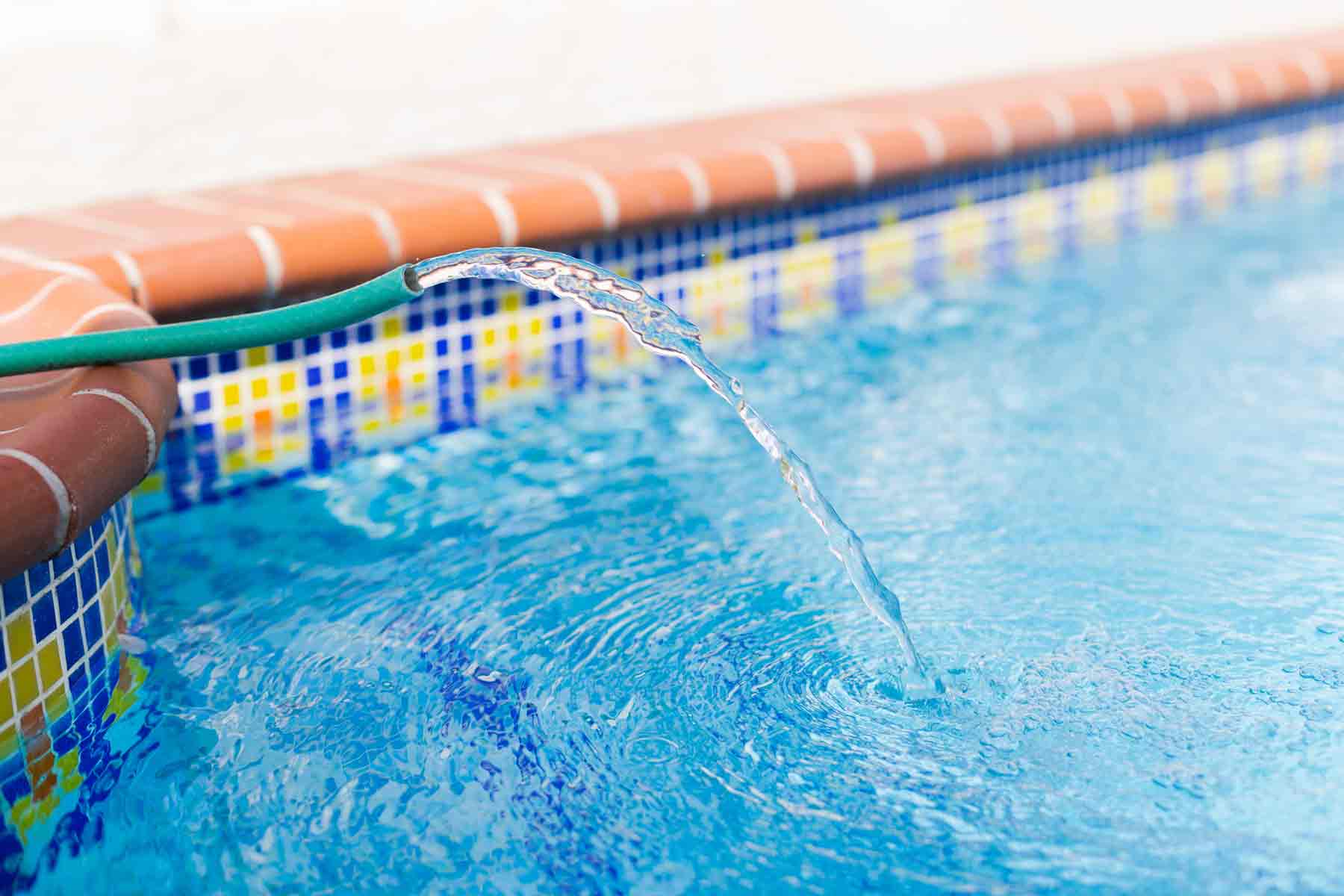

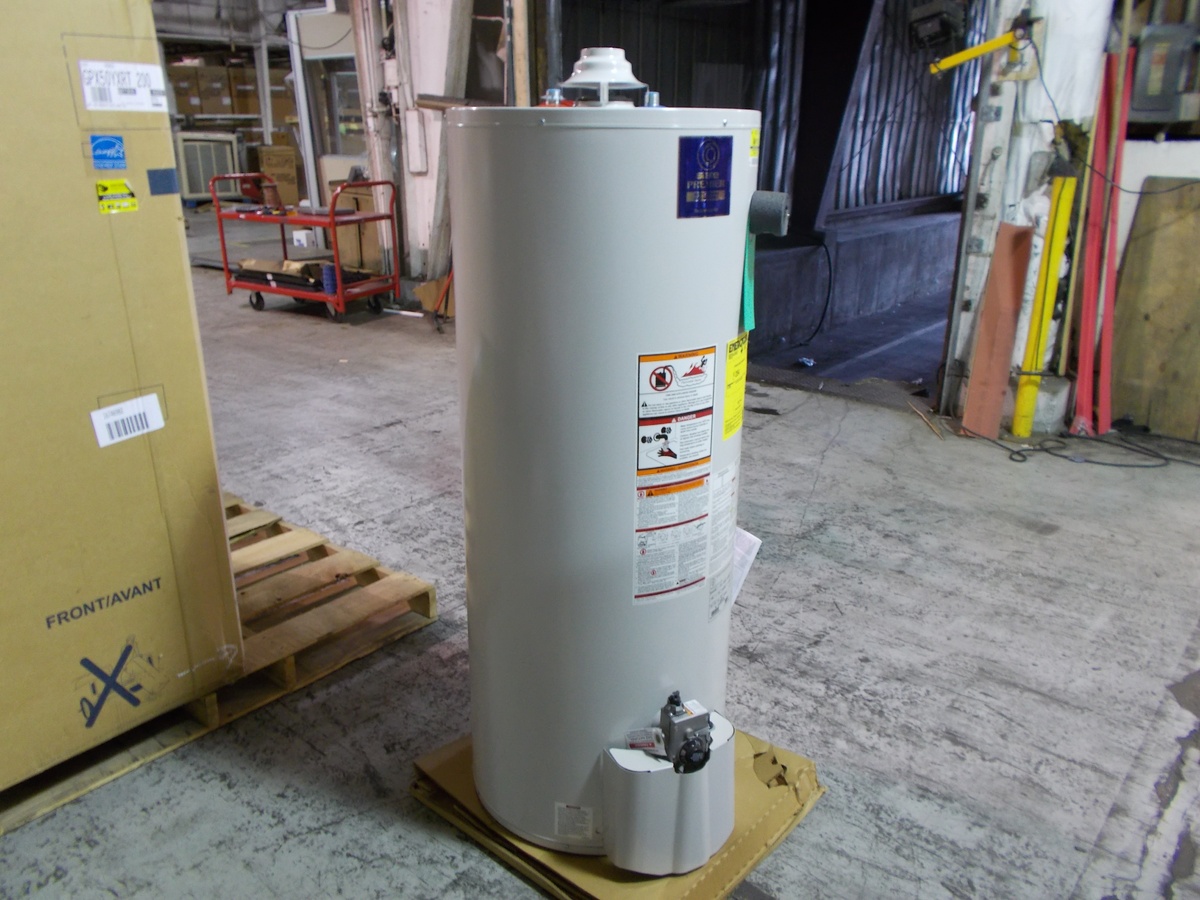
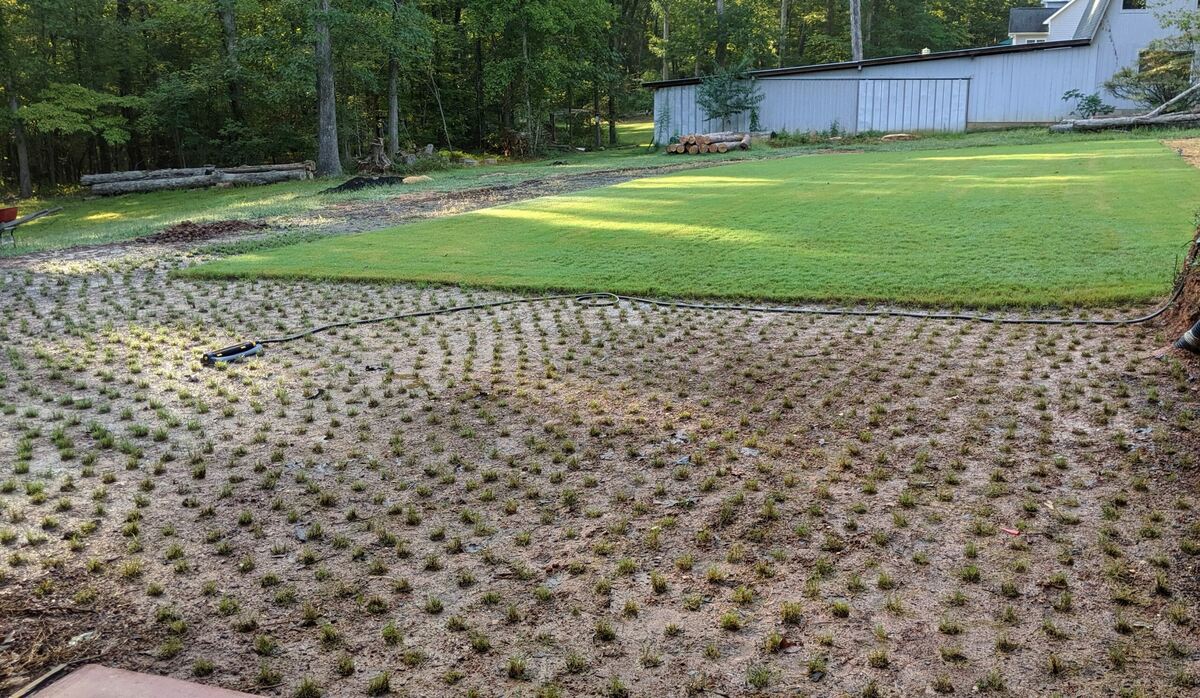
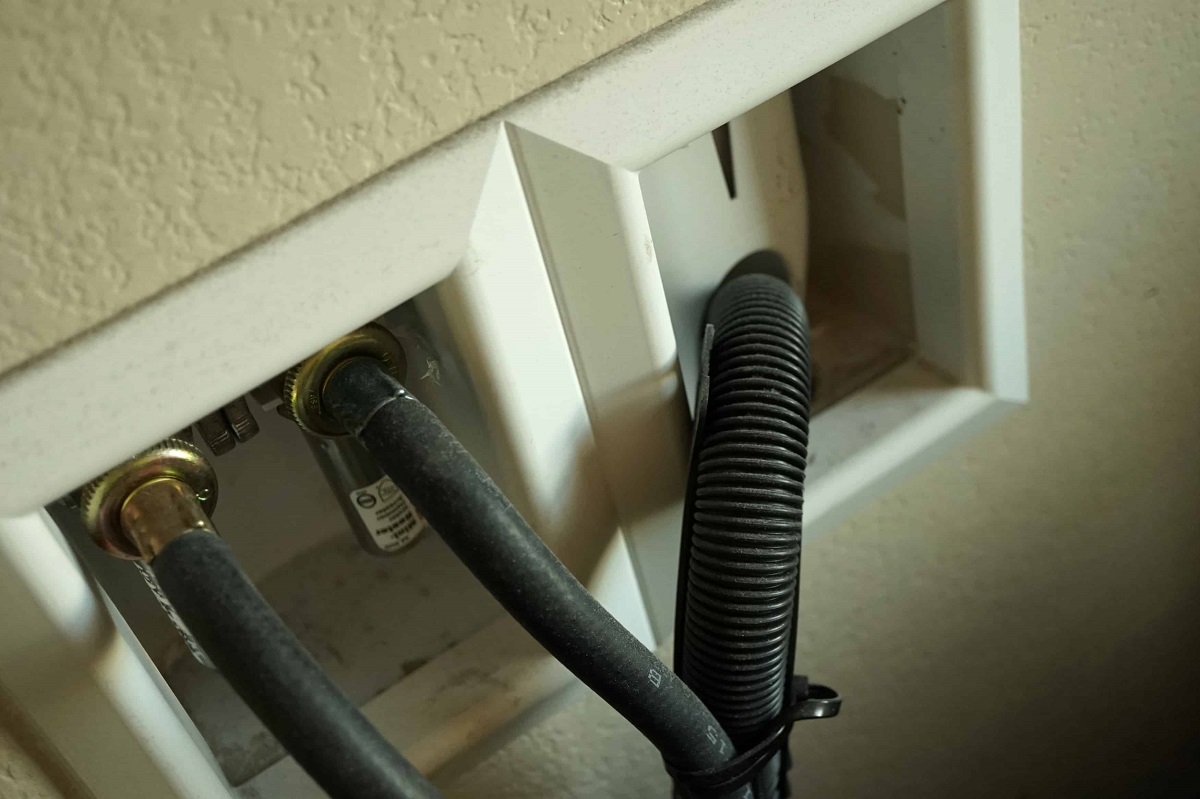
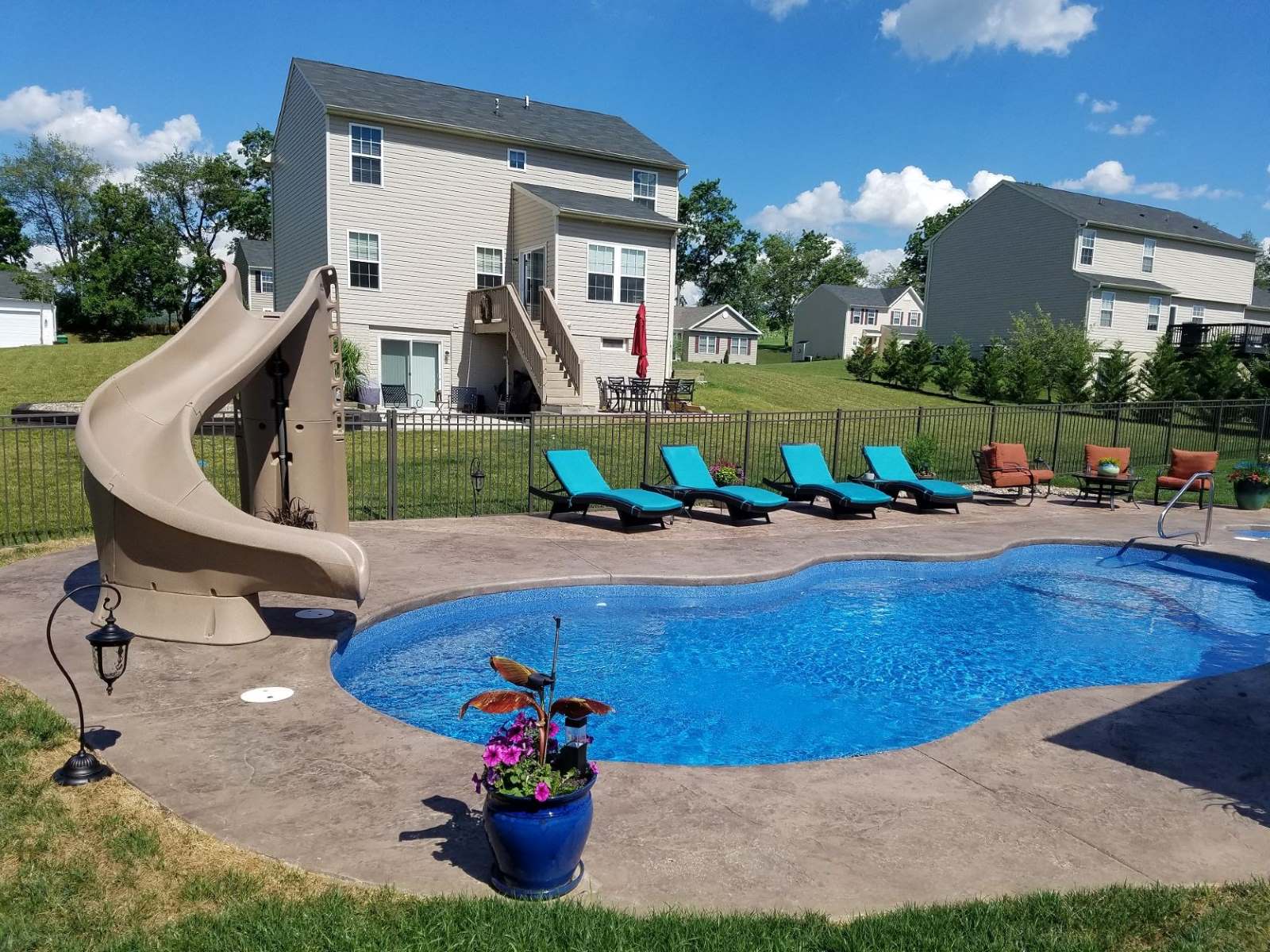
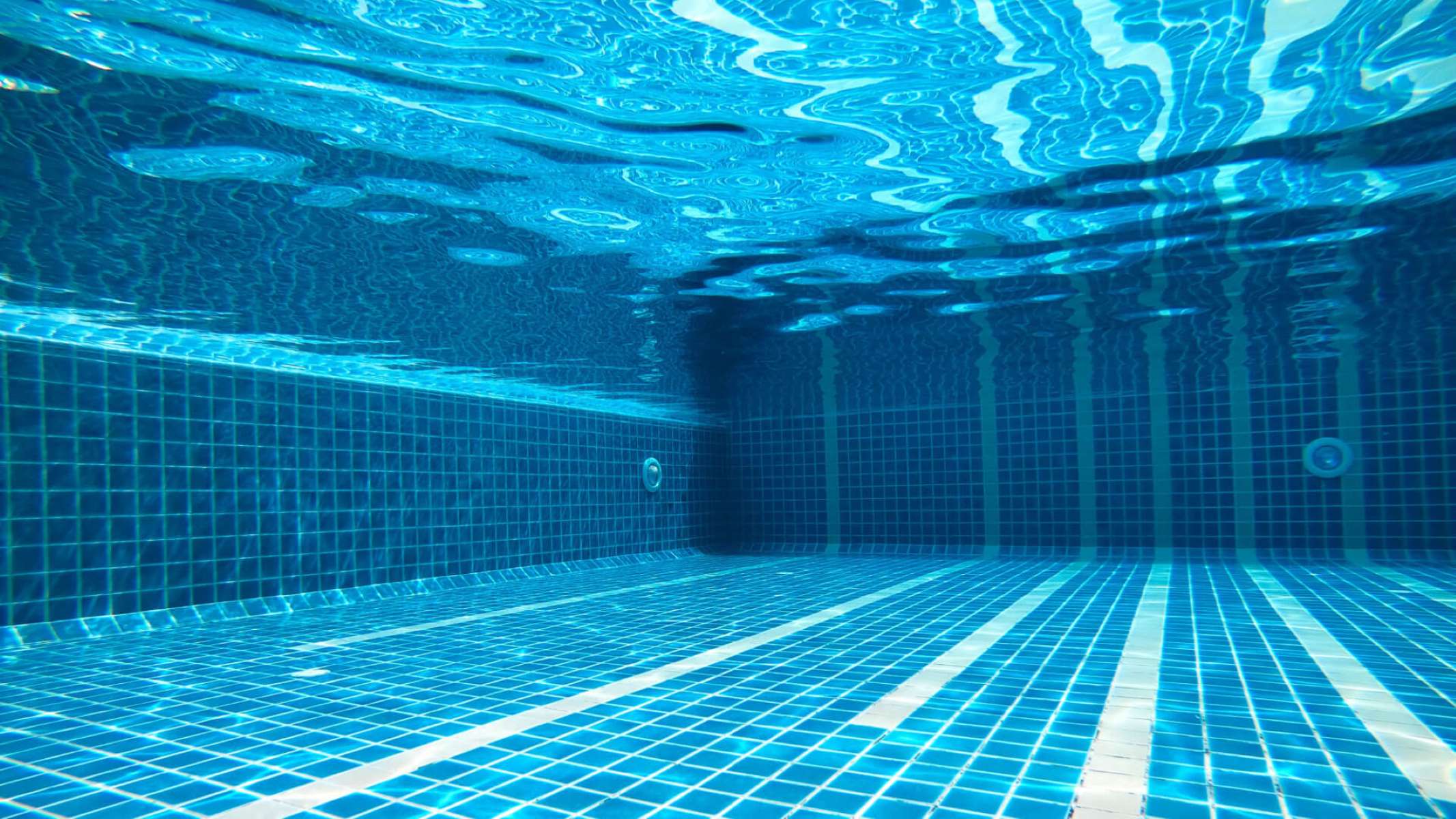


0 thoughts on “How Long To Fill Up Pool With Garden Hose”